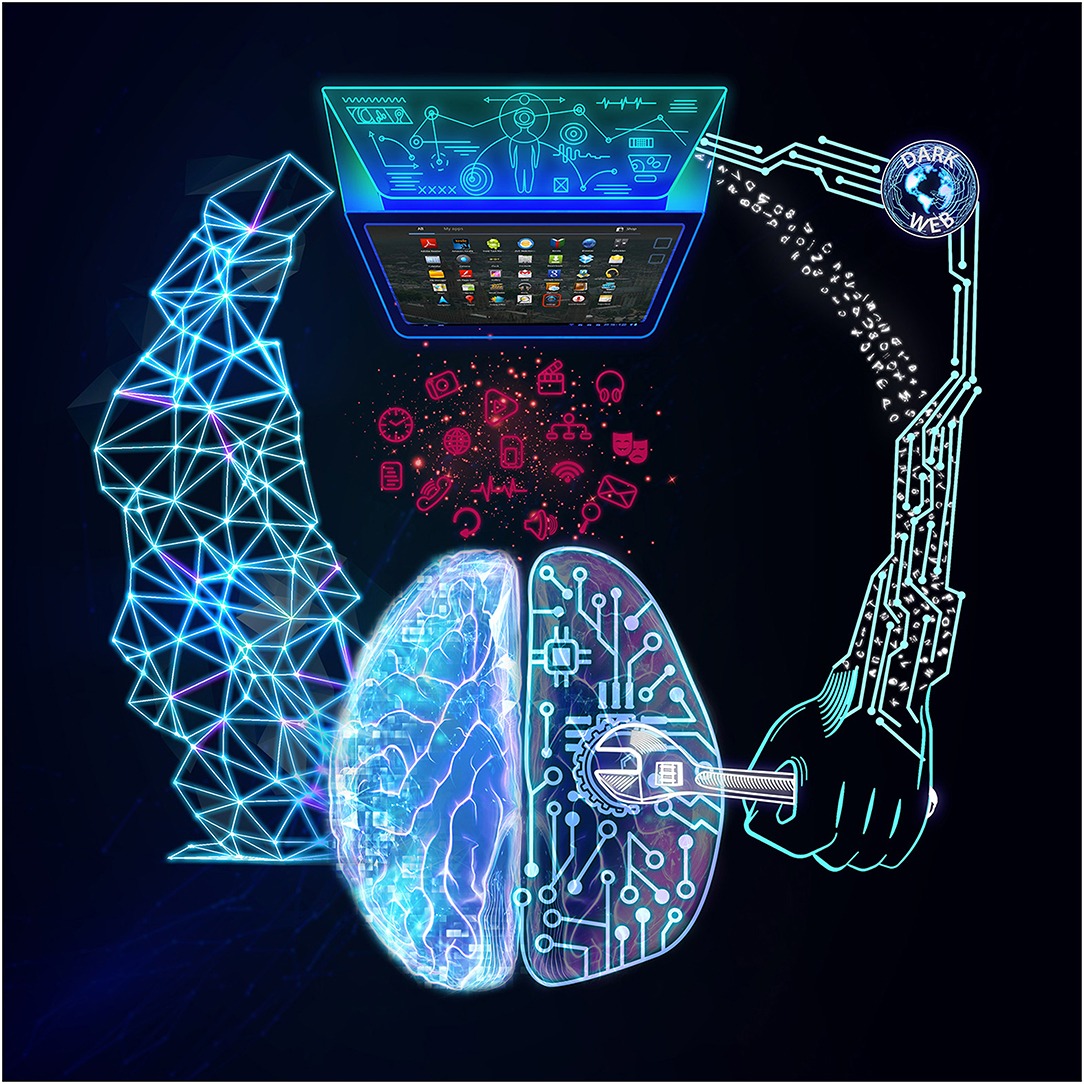As we look towards 2025, digital phenotyping is emerging as a game-changer in behavioral interventions. This approach involves using data from smartphones and other digital devices to assess behavioral patterns and mental health states in real-time, allowing for more timely and targeted interventions.
Digital phenotyping leverages the vast amount of data generated by our daily interactions with technology. This includes patterns of smartphone usage, social media activity, voice and speech patterns during phone calls, and even typing speed and pressure. These digital biomarkers can provide valuable insights into an individual’s mental state and behavior.
One of the most promising applications of digital phenotyping is in the early detection and prevention of mental health crises. By analyzing changes in digital behavior patterns, it’s possible to identify warning signs of conditions like depression, anxiety, or even suicidal ideation before they become severe.
As we approach 2025, we’re seeing the development of more sophisticated algorithms that can interpret this complex data. Machine learning models are being trained to recognize subtle patterns that might indicate the onset of a mental health issue, allowing for early intervention.
Another exciting trend is the use of digital phenotyping in personalized treatment plans. By continuously monitoring an individual’s digital behavior, treatment efficacy can be assessed in real-time, allowing for rapid adjustments to medication dosages or therapy approaches.
Digital phenotyping is also proving valuable in substance abuse treatment. Changes in digital behavior patterns can indicate potential relapse risks, allowing for timely supportive interventions.
As this technology advances, we’re seeing increased integration with other digital health tools. For instance, digital phenotyping data might be used to trigger just-in-time adaptive interventions (JITAIs) delivered through smartphone apps or wearable devices.
It’s crucial to note that as digital phenotyping becomes more prevalent, ethical considerations around data privacy and consent are paramount. As we move towards 2025, we can expect to see more robust frameworks for ensuring user privacy and data security in digital phenotyping applications.
In conclusion, digital phenotyping represents a significant leap forward in our ability to understand and predict human behavior. As we approach 2025, this technology is set to revolutionize behavioral interventions, offering unprecedented opportunities for early detection, prevention, and personalized treatment of mental health issues.





